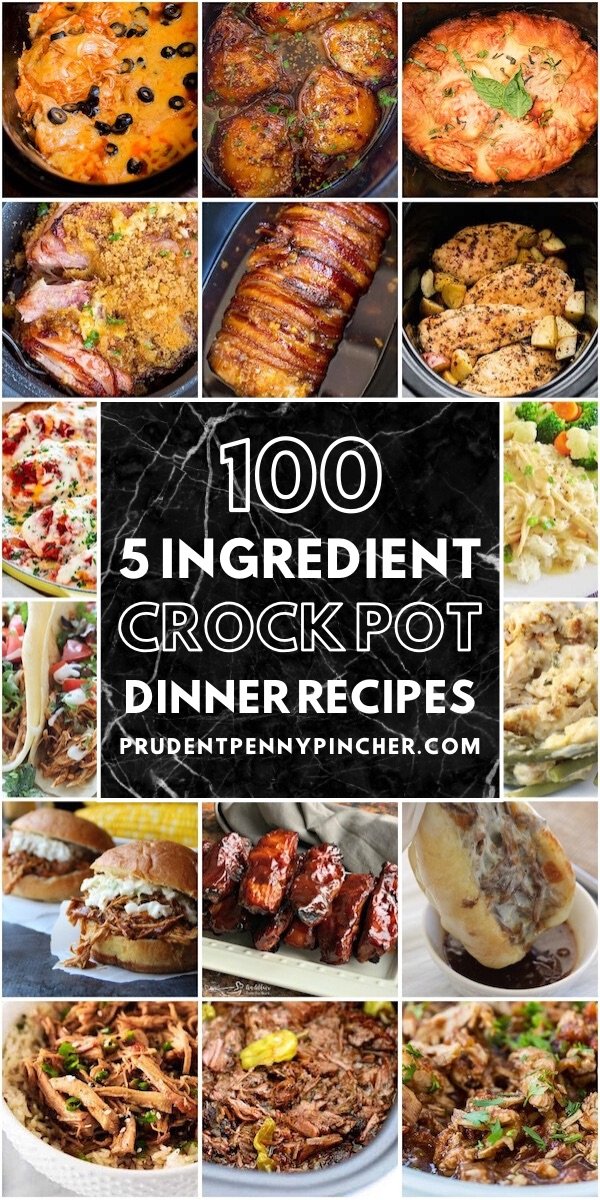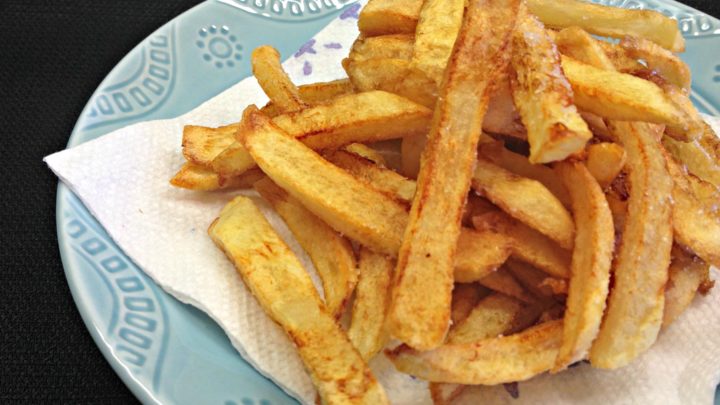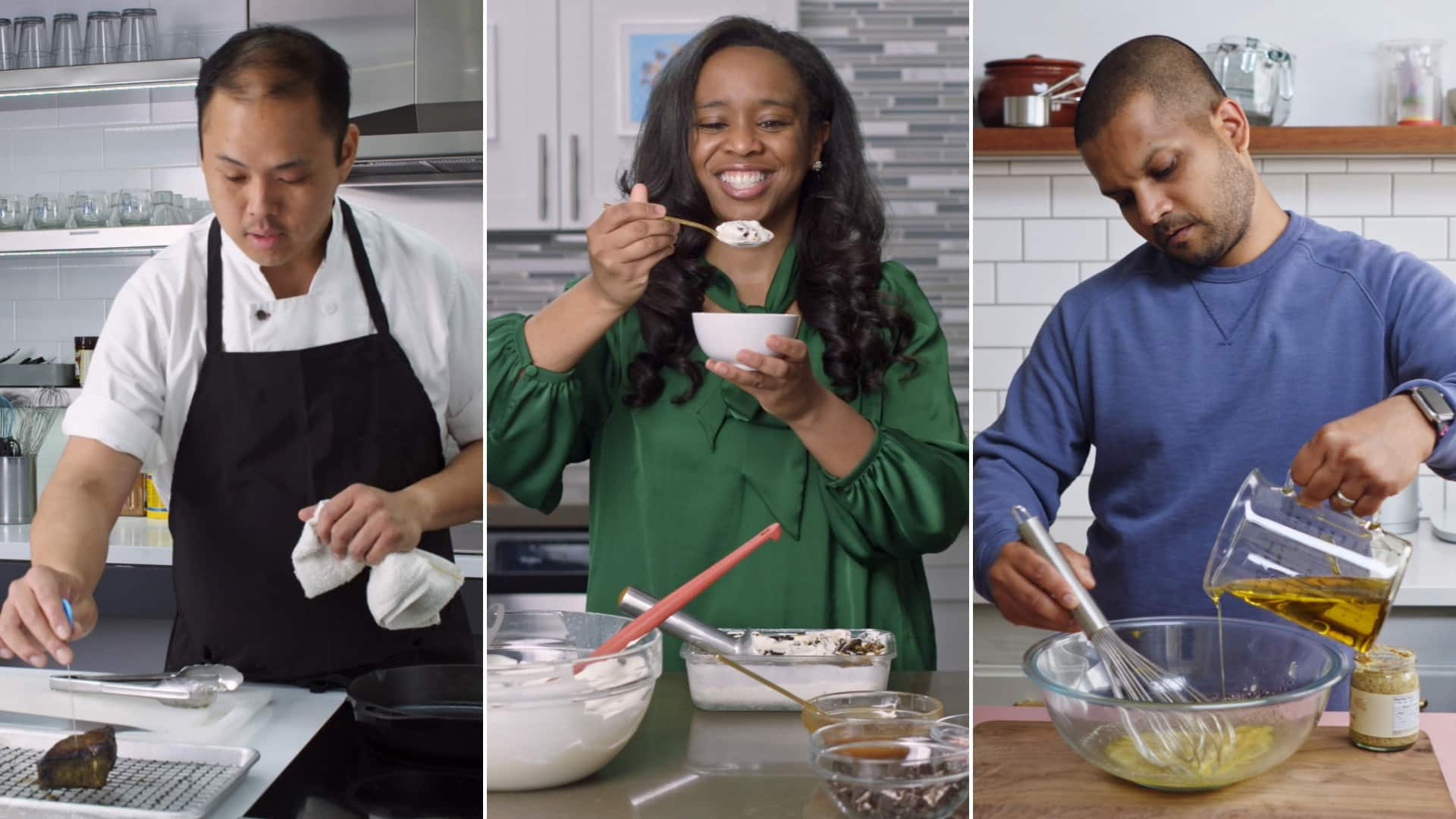
When it comes to cooking oils, there are a number of factors to consider before selecting which is best for your specific needs. Toxic vapors and smoke can be produced by overheating oil, which can lead to undesirable effects such as bad taste, smell, and a lack of flavor. Certain oils are neutral in taste and can be used for sauteing, roasting, or frying, while others can produce unhealthy chemical compounds when overheated. The following table will help you choose the right oil for your particular cooking needs.
Nut and seed oils
Although most mainstream nutrition experts do not consider seed oils unhealthy, many health professionals are now claiming that they cause inflammation, which is a major cause of chronic diseases, including heart disease and obesity. Joe Rogan interviewed Paul Saladino from the University of California at Berkeley for three hours. Cate Shanahan called the most popular seed oils on the market today the "hateful eight".
Safflower oil
Here's how to cook Safflower oil. Safflower oils have high smoke points which makes them a good choice for cooking with high heat. Safflower oils have a smoke temperature of around 450 degrees. This is in contrast to other oils that have smoke points below 250 degrees. Safflower oil is great for baking, sauteing, or frying.
Peanut oil
You might be curious if peanut oil is a suitable cooking oil. This versatile oil has high smoke points and a pleasant flavor. Peanut oil should not be used as a substitute for vegetable oils. This article will cover some key points before you begin to cook with peanut oil. You will learn about the benefits of using peanut oil to cook. This oil is safe for your health and can be used in your cooking.

Sesame oil
There are many health benefits to sesame oils, but the best place to start is its nutritional value. Sesame Oil is high in vitamin E, omega-3s fatty acids, and minerals. This versatile oil aids your body to make more vitamins and minerals. Sesame Oil is not recommended to be deep fried as this can have adverse effects.
411
Olive oil might be something you've heard of. It's rich in monounsaturated oil, antioxidants, vitamins, and minerals. It can withstand extreme heat. Olive oil can be used in baking but it is best to use at the end of cooking when delicate flavors are desired. Pair olive oil with citrus, coconut, chocolate and citrus flavors. Vegetable oil has a higher content of saturated oil and is the most used cooking oil in commercial kitchens.
Canola oil
Canola oils are one of the most common cooking oils. It is extremely stable and can be bought at a very low price. An average grocery store will sell a small container for $20. However, like all oils, canola also has its benefits and drawbacks. This guide will help you choose the best oil for your cooking needs. It is the secret weapon of many professional chefs.
Olive oil
The best olive oil should be chosen for cooking. Olive oil can remain stable for up to 420°F but will break down into harmful compounds if it is exposed to light. It has a similar aroma to rancid crayons. Olive oil should be stored in dark bottles, away from heat and oxygen. To preserve its quality, it is important to seal the container tightly.

FAQ
How long does it take to learn to cook? What time do you need to learn how to cook?
It all depends on what level of skill you have. Some people can learn basic cooking techniques in as little as a week. Others might need months or even years to master basic cooking techniques.
The person who is learning to cook can vary in the amount of time they need. A person who has never cooked before will likely need more time to learn than someone who is a regular cook. Certain types of cooking require more skill than others. Baking, for instance, requires more skill than frying.
A specific technique will help you cook faster. After mastering one technique, you can move on to the next. Do not worry about how long it takes you to learn how to cook. Keep practicing and enjoying the process.
How much does culinary school cost?
The costs of culinary school can vary depending on where and how long it takes. The average tuition cost is $10,000-$30,000 annually. Most students graduate with about $20,000 in debt. Some programs offer work-study, grants, scholarships and grants.
Where can I find online cooking classes for free?
Many websites provide free cooking lessons. YouTube has many videos that will show you how to cook different dishes. You can access thousands of recipes from some websites. While you may have to pay a monthly charge, these websites allow you to try out the recipes for 30 days for no cost.
What skills are required to enter a culinary school?
You must have the ability to cook well and work under pressure. You should enroll in cooking classes at local community colleges or high schools to learn how to cook. Once you have mastered the basics of cooking, you will need to find work in a restaurant and catering company.
How Much Does It Cost to Study Culinary Arts?
You will find that the price to study culinary arts is variable. For example, a 4-year degree costs about $40,000. A two-year associate degree, on the other hand may cost less than $5,000. Tuition rates depend on the type of program you select. The tuition rates for private institutions are usually higher than those of public universities.
Statistics
- According to the BLS, chefs earn $58,740 a year. (learnhowtobecome.org)
- In the United States, the category is estimated at $23.2 billion annually and is growing faster than the market. (washingtonpost.com)
- You'll be amazed that over 90% of CIA students receive scholarships and grants to finish their culinary studies. (ischoolconnect.com)
External Links
How To
How to cook with Air Fryer
Air fryers are cooking appliances that fry food without oil and grease. It steams food using hot air, making it healthier that deep frying. Air fryers are different from conventional ovens in that they don't heat food below 400°F (204°C). Because there is no direct flame contact, you won't risk cooking your food. Also, since this type of cooking doesn't involve oil, it is considered healthy and eco-friendly. But, there are some who feel it makes too much fat.
The first version of an air fryer was invented in Japan around 1970. The first air fryer was sold in America in 1980. Since then, many companies have been developing new models of air fryers. There are many options for air fryers today. Many of them have timers, temperature controls and automatic shut-off. They are usually made out of stainless steel or aluminum materials. Some even come with a built-in grill, so you can use them at home for grilling meats or vegetables. These appliances can be purchased online or at stores such as Target, Walmart and Costco.
Air fryers are a popular choice for busy families who need to cook quickly. You can make french fries and fried chicken as well as pizza, French fries, onion rings, French fries, waffles, and popcorn. They can also be used to bake cookies and cakes. You can also bake them if you want something to eat while you watch TV or after work.
An air fryer is essential for creating a perfectly cooked meal. Before you can start to cook, you must first heat up the machine. Then, you place the food inside the basket and close the lid. Wait for the machine to reach the right temperature. Turn the machine on and cook for the specified time. You shouldn't open your lid while cooking if you want crisp food. For greasy foods, however, you can lift up the lid occasionally. Once the lid is lifted, take the food out of the basket and immediately serve.
There are many air fryer recipes online. If you want to make your own, however, you need to be able to identify the best ingredients. These are some tips to help you cook with an electric stovetop.
-
Don't add too much salt to the food; otherwise, it won't taste good.
-
Make sure you keep all food items separate before placing them in the basket.
-
Keep the food out of the basket's sides.
-
Flip food with a spatula
-
You should clean the basket frequently.
-
Lifting the lid should be done with care.